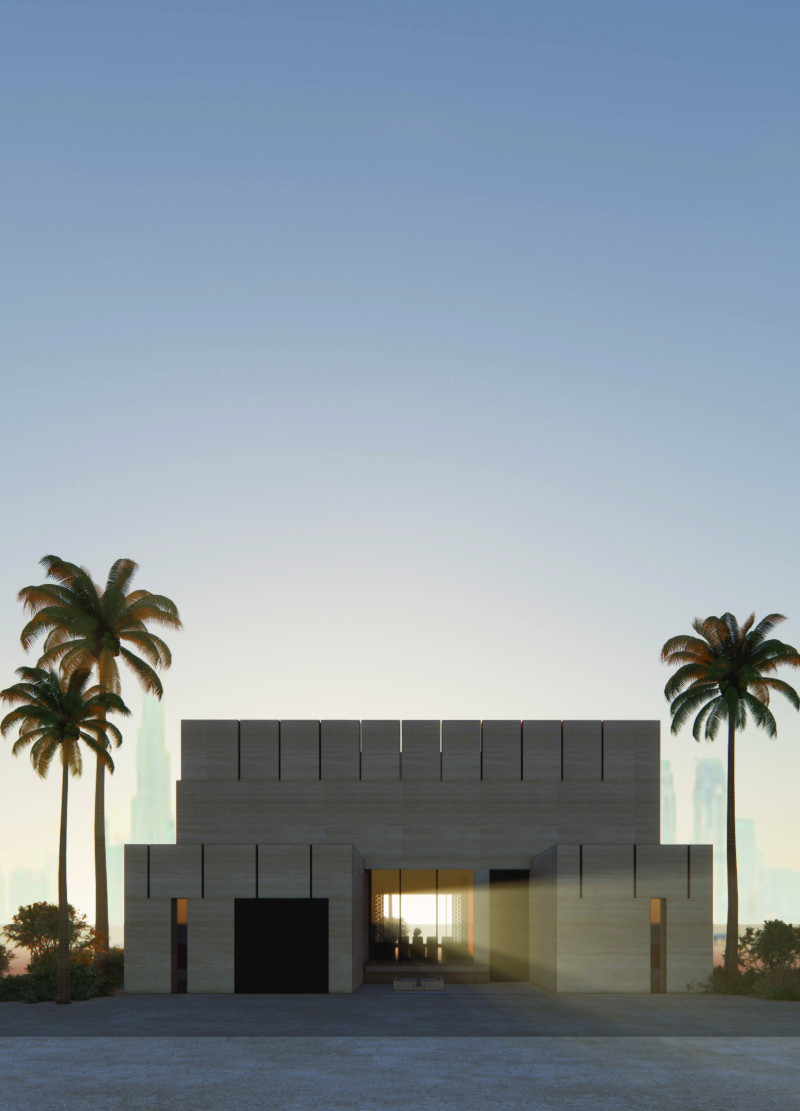5 key facts about this project
At its core, the project represents a commitment to sustainability and modern design principles. It is designed to serve multiple functions, accommodating both individual needs and collective gatherings. The architects have thoughtfully considered the intended use of the spaces, which include [insert specific functions such as residential areas, communal spaces, or commercial facilities], ensuring that each area serves its purpose while contributing to the overall coherence of the design.
One of the most notable aspects of the project is its innovative use of materials. The architects have chosen to incorporate a mix of concrete, steel, glass, wood, brick, and stone, each selected for its functional properties and aesthetic qualities. This combination not only enhances the overall durability of the structure but also creates a warm and inviting atmosphere. For instance, the use of natural wood in cladding contrasts with the sleek functionality of glass, promoting a dialogue between the exterior and the interior. This choice of materiality enhances the connection between the building and its environment, allowing for seamless integration into the surrounding landscape.
The architectural design also emphasizes natural light utilization. Expansive windows and strategically placed skylights flood the interior spaces with daylight, minimizing the need for artificial lighting and promoting energy efficiency. This commitment to environmental responsiveness is further exemplified by passive design strategies that optimize thermal performance, making the building not only sustainable but also comfortable year-round.
Spatial organization within the project has been meticulously planned. The flow of movement through the various areas encourages interaction and connectivity. Open floor plans combined with well-defined spaces create a dynamic environment where communal activities can flourish, while still allowing privacy when needed. The layout is designed to facilitate easy access, enhancing usability across different user groups.
Landscaping around the building complements the architectural design, with a focus on native plants and green spaces that encourage outdoor engagement. This thoughtful integration of nature offers users the chance to connect with the surrounding environment, promoting well-being while simultaneously benefiting local biodiversity. The synergy between the architecture and landscape reflects a broader commitment to sustainability, creating a cohesive experience that resonates with both users and the environment.
Throughout the project, unique design approaches are evident, from the architectural form to the integration of modern technologies. Elements such as rainwater harvesting systems, energy-efficient heating and cooling solutions, and green roofs reflect an awareness of contemporary challenges in architecture. These technologies not only enhance the functionality of the building but also align with the collective goal of reducing environmental impact.
This architectural design project stands as a testament to modern design thinking, embracing affordability, sustainability, and community engagement. The collaborative nature of its spaces and the thoughtful selection of materials work together to create an environment that is as aesthetically pleasing as it is functional. For those interested in delving deeper into this architectural achievement, exploring the project presentation will provide valuable insights into its architectural plans, sections, and designs, as well as the innovative ideas that make it a noteworthy addition to contemporary architectural discourse.


 Ruben Valentino S Giannini,
Ruben Valentino S Giannini,  Stanislas Marc Eddie Remi Turcon
Stanislas Marc Eddie Remi Turcon 























